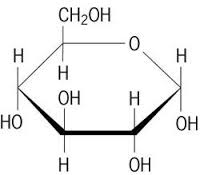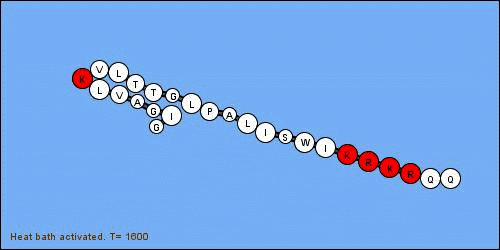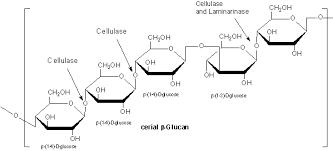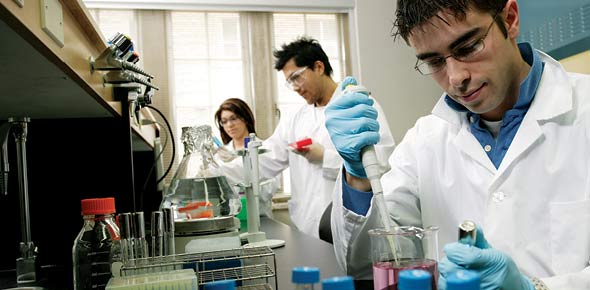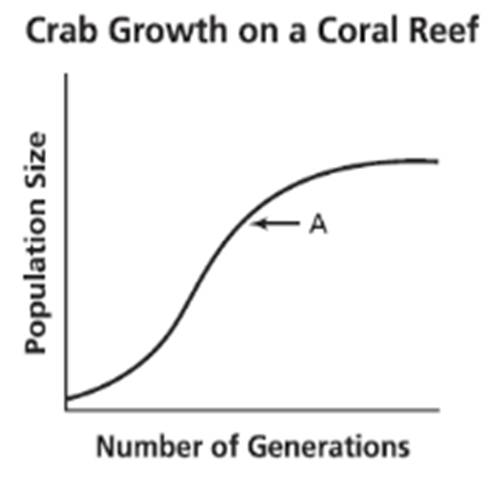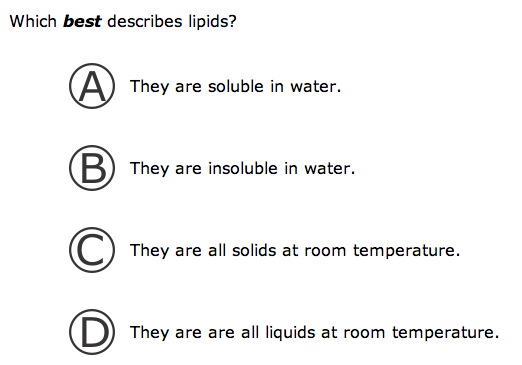Macromolecules Trivia Quiz: Exam!
-
Fats, oils, and waxes.
-
Carbohydrates
-
Lipids
-
Proteins
-
Nucleic acids
-
None
-
The Macromolecules Trivia Quiz: Exam! assesses your knowledge on the structure and classification of biological macromolecules. It covers monomers and polymers of carbohydrates, nucleic acids, lipids, and proteins, including their specific characteristics and roles in biology.
(199).jpg)
Quiz Preview
- 2.
What is this?
-
Protein polymer
-
Carbohydrate polymer
-
Nucleic acid polymer
-
Lipid polymer
Correct Answer
A. Nucleic acid polymerExplanation
This question is asking for the identification of the given substance. The answer, "nucleic acid polymer," suggests that the substance is a type of polymer made up of nucleic acids. Nucleic acids are the building blocks of DNA and RNA, which are vital for genetic information storage and protein synthesis. Therefore, the correct answer implies that the substance in question is a polymer made up of nucleic acids, such as DNA or RNA.Rate this question:
-
- 3.
What is this?
-
Protein polymer
-
Carbohydrate polymer
-
Nucleic acid polymer
-
Lipid polymer
Correct Answer
A. Lipid polymerExplanation
Lipids are a class of biomolecules that are insoluble in water but soluble in organic solvents. They are composed of fatty acids and glycerol and serve as a major structural component of cell membranes. Lipids can form polymers through the process of polymerization, joining together multiple lipid molecules to create larger structures. Therefore, the correct answer is lipid polymer.Rate this question:
-
- 4.
Monomers made of sugar, N-base, and phosphate.
-
Carbohydrates
-
Lipids
-
Proteins
-
Nucleic acid
-
None
Correct Answer
A. Nucleic acidExplanation
Nucleic acids are polymers made up of monomers that consist of a sugar, a nitrogenous base, and a phosphate group. This description matches the given answer "monomers made of sugar, N-base, and phosphate." Carbohydrates are not composed of these specific components, lipids do not contain nucleic acids, and while proteins are made up of amino acids, they do not include the specific components mentioned. Therefore, the correct answer is nucleic acid.Rate this question:
-
- 5.
What is this?
-
Protein polymer
-
Protein monomer
-
Carbohydrate polymer
-
Carbohydrate monomer
Correct Answer
A. Carbohydrate monomerExplanation
A carbohydrate monomer refers to a single unit or molecule of a carbohydrate. Carbohydrates are organic compounds made up of carbon, hydrogen, and oxygen atoms. They serve as a major source of energy for living organisms. Monosaccharides, such as glucose and fructose, are examples of carbohydrate monomers. They can combine through dehydration synthesis to form larger carbohydrate polymers, such as disaccharides (e.g., sucrose) and polysaccharides (e.g., starch and cellulose). Therefore, the correct answer is carbohydrate monomer.Rate this question:
-
- 6.
C12H22O11
-
Carbohydrates
-
Lipids
-
Proteins
-
Nucleic acids
Correct Answer
A. CarbohydratesExplanation
The given chemical formula C12H22O11 represents a carbohydrate known as sucrose, which is a common type of sugar found in plants. Carbohydrates are organic compounds that serve as a major source of energy for living organisms. They are composed of carbon, hydrogen, and oxygen atoms in a specific ratio. Lipids, proteins, and nucleic acids are other types of biomolecules, but the given chemical formula does not correspond to any of them. Therefore, the correct answer is carbohydrates.Rate this question:
-
- 7.
Contain H and O in a 2:1 ratio.
-
Carbohydrates
-
Lipids
-
Proteins
-
Nucleic acids
-
None
Correct Answer
A. CarbohydratesExplanation
Carbohydrates are organic compounds that consist of carbon, hydrogen, and oxygen in a 2:1 ratio, with the general formula (CH2O)n. This means that for every one carbon atom, there are two hydrogen atoms and one oxygen atom. This ratio is essential for the formation of carbohydrates, which include sugars, starches, and cellulose. Lipids, proteins, and nucleic acids do not have this specific ratio of H and O atoms, making carbohydrates the correct answer.Rate this question:
-
- 8.
What is this?
-
Protein polymer
-
Carbohydrate polymer
-
Nucleic acid polymer
-
Lipid polymer
Correct Answer
A. Protein polymerExplanation
Protein polymer is the correct answer because proteins are composed of long chains of amino acids, which are linked together through peptide bonds to form a polymer. Proteins play various essential roles in the body, including providing structure, facilitating chemical reactions, and serving as messengers.Rate this question:
-
- 9.
Monomers do not contain N.
-
Carbohydrates
-
Lipids
-
Proteins
-
Nucleic acids
-
None
Correct Answer(s)
A. Carbohydrates
A. LipidsExplanation
Carbohydrates and lipids are organic compounds that are composed of carbon, hydrogen, and oxygen atoms. They do not contain nitrogen (N) in their chemical structure. On the other hand, proteins and nucleic acids are biomolecules that do contain nitrogen atoms. Therefore, the correct answer is carbohydrates and lipids, as they are the only options that do not contain nitrogen.Rate this question:
-
- 10.
What is this?
Correct Answer(s)
carbohydrate polymerExplanation
This refers to a substance that is classified as a carbohydrate polymer.Rate this question:
Quiz Review Timeline (Updated): Oct 8, 2024 +
Our quizzes are rigorously reviewed, monitored and continuously updated by our expert board to maintain accuracy, relevance, and timeliness.
-
Current Version
-
Oct 08, 2024Quiz Edited by
ProProfs Editorial Team -
May 06, 2015Quiz Created by
Shawn.mondloch
Biochemistry Macromolecules Project - Review Quiz
Explore the fundamentals of biochemistry in this interactive quiz. Focus on macromolecules, their structures, types, and reactions. Assess your understanding of polymers,...
Questions:
31 |
Attempts:
859 |
Last updated:
Mar 21, 2023
|
Biological Macromolecules Trivia Quiz!
Explore the essentials of biological macromolecules and their roles in cellular processes through this engaging trivia quiz. Test your understanding of ATP production, cellular...
Questions:
17 |
Attempts:
3034 |
Last updated:
Oct 08, 2024
|
Trivia Questions Over Macromolecules
Explore the foundational concepts of macromolecules in this trivia quiz. Covering topics like synthesis of polymers, functions of carbohydrates, properties of fatty acids, and...
Questions:
12 |
Attempts:
291 |
Last updated:
Oct 08, 2024
|
Bio 1 Warm-up Quiz #5
Bio 1 Warm-up Quiz #5 assesses foundational knowledge in biology, focusing on macromolecules and their roles in genetics and cellular energy. Students will explore nucleic acids,...
Questions:
10 |
Attempts:
202 |
Last updated:
Mar 22, 2023
|
Unit 3 Test: Macromolecules
This quiz, titled 'Unit 3 Test: Macromolecules,' assesses understanding of biological macromolecules. It features questions that require selecting the correct answer from multiple...
Questions:
25 |
Attempts:
443 |
Last updated:
Mar 21, 2023
|
Biology Exam Review Test Part One - Macromolecules
I cant fail my bio exam. Questions and anwsers are from pearson text book. Biology AP Version.
Questions:
10 |
Attempts:
8207 |
Last updated:
Oct 08, 2024
|




